The Book of Mormon. You’ve probably heard of it. A holy book that contains the official beliefs and teachings of the Church of Jesus Christ of Latter-day Saints, it is ultimately a narrative of an intense battle between good and evil, black and white. Literally. Translated by LDS founder and prophet Joseph Smith in the early 1800s, it tells the tale of two lost tribes of Israel — the Nephites and Lamanites — that left the holy land in 600 B.C. In traditional Mormon teachings, the Nephites are described as being noble, handsome and fair-skinned. The Lamanites, on the other hand, are portrayed as being brute, savage and dark-skinned.
You can guess who the good and bad guys in the story are.
The story goes that the Lamanites beat out their white and holy counterparts and claimed the Americas for their own. Thus, the origin of Native Americans, according to Mormon leaders and scholars.
One implication of this history is an inherent and intellectually inescapable belief that Native Americans, as well as other races cursed with “skin of blackness,” for that matter, are inferior to white folk. This is well-documented in Mormon and Utah history. It explains why black men were barred from holding the priesthood until 1978, as well as why black and interracial couples were disqualified from having their marriages sealed in the temple until that same year.
Church officials today have, for the most part, acknowledged and condemned their past positions on priesthood and marriage that are now seen as discriminatory, racist and reprehensible. Something that has not been addressed or apologized for, however, is a lesser-known piece of even more recent Church history: the Mormon Indian Student Placement Program. This program began in 1947 and had its last student graduate in 2000. It involved Native American children and teenagers, primarily of Navajo descent, being removed from their homes and placed in the custody and care of Mormon families. What was the intention of the program? To address systemic poverty and lack of economic opportunity in Native American communities, for one. More specifically, the program aimed to “provide educational, spiritual, social, and cultural opportunities in non-Indian community life for Latter-day Saint Indian children.”
In other words, the program existed to integrate Native American children into the larger and more culturally dominant Mormon community.
There are a few ways to conceptualize the Indian Placement Program. One way would be to see it as a benign, philanthropic effort to help out the less fortunate. A more critical examination, however, one that takes Mormon teachings into account, indicates that the program existed to save Native Americans — the descendants of the wicked Lamanites — from eternal damnation and suffering. Whether or not intentional, the Indian Placement Program reinforced the belief, which originates in the Book of Mormon, that dark pigment is a sign of debauchery, degeneracy and inferiority; that darkness is akin to dirtiness.
Such a program sends the message that Native Americans should be ashamed of their heritage and skin color. In 1960, Spencer W. Kimball, who was a member of the Quorum of the Twelve Apostles, spoke at a general conference session and proclaimed that the program literally lightened the skin of its participants. “The children in the home placement program in Utah are often lighter than their brothers and sisters in the hogans on the reservation,” Kimball said.
The problems with this statement do not need to be parsed or explained.
Aside from teaching that dark skin is an obstacle to be overcome, the program occasionally placed children in troubling and abusive environments, according to recent accusations. Earlier this year, a brother and sister, both of whom participated in the program beginning in the 1970s, filed a lawsuit against the Mormon church claiming that the two of them were repeatedly sexually and emotionally abused during their time with foster families — families who were chosen and vetted by the LDS church. Moreover, the siblings, who were 10 and 11 at the time of the alleged abuse, say they attempted to reach out to Church officials for help but received none. “They were victims of sexual predators and an organization that failed to protect them,” attorney Billy Keeler said of his clients, “even after it had notice of what was happening.”
He said the siblings were abused in one home and relocated to another, where they were abused again. Sometimes the abuse was sexual, other times it was cultural. The brother, who remains anonymous in court documents, said he had his mouth washed out with soap any time he spoke his Navajo dialect to other children inside the home.
The only response of the Church has been to question the jurisdiction of the Navajo Nation District Court, where the case was filed.
In recent times, the LDS church has made significant strides to modernize and respect the concerns so many have with controversial Church history. Leaders have acknowledged Joseph Smith’s plurality of marriage, including a relationship with a 14-year-old girl. Brigham Young University has recently agreed to add an amnesty clause to the Honor Code that will exempt victims of sexual assault from receiving school discipline. Although these changes are clear steps in the direction of transparency and civility, the Indian Placement Program, and the lawsuits brought against it, are a stark reminder that there is still more to be addressed.
The Mormon Indian Student Placement Program is another one of the countless examples of the stigmatization and cultural oppression Native Americans have been subjected to since this country’s colonization. The Mormon church should condemn the program and actively address the allegations of abuse and lack of oversight.
Photo: http://indiancountrytodaymedianetwork.com/2016/04/05/navajo-siblings-claim-horrific-sexual-abuse-sue-mormons-164024





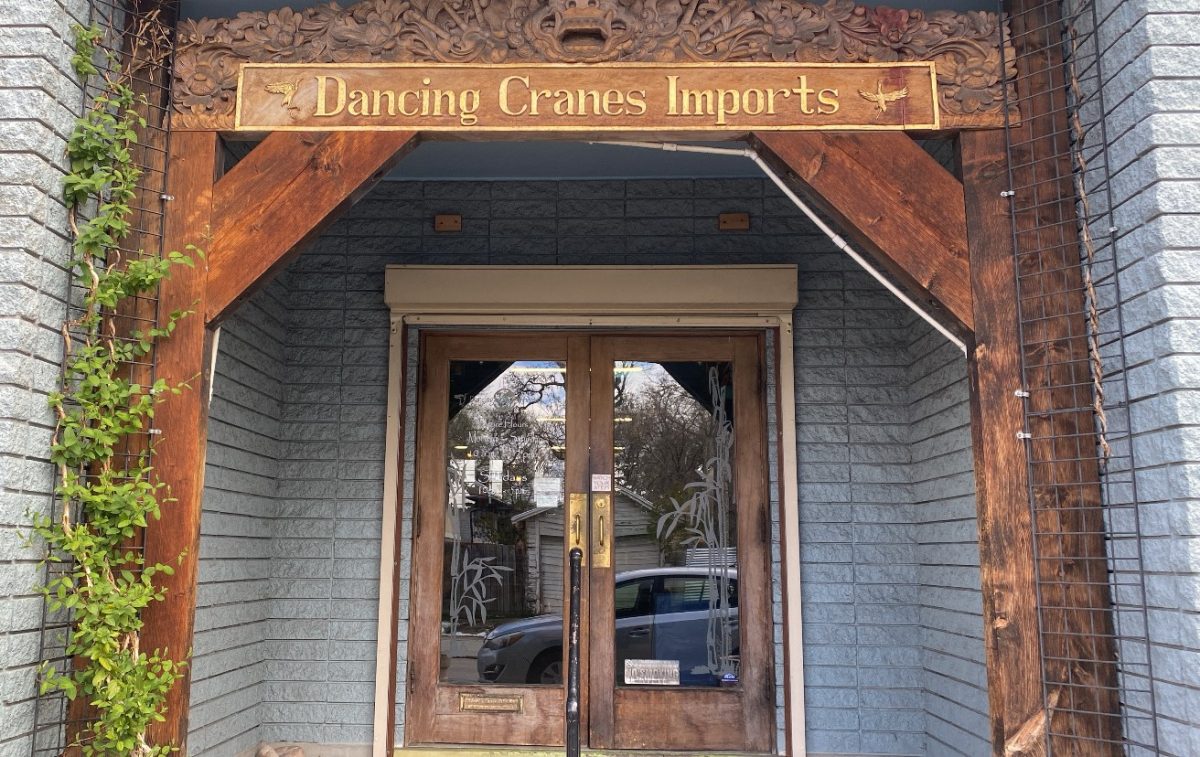
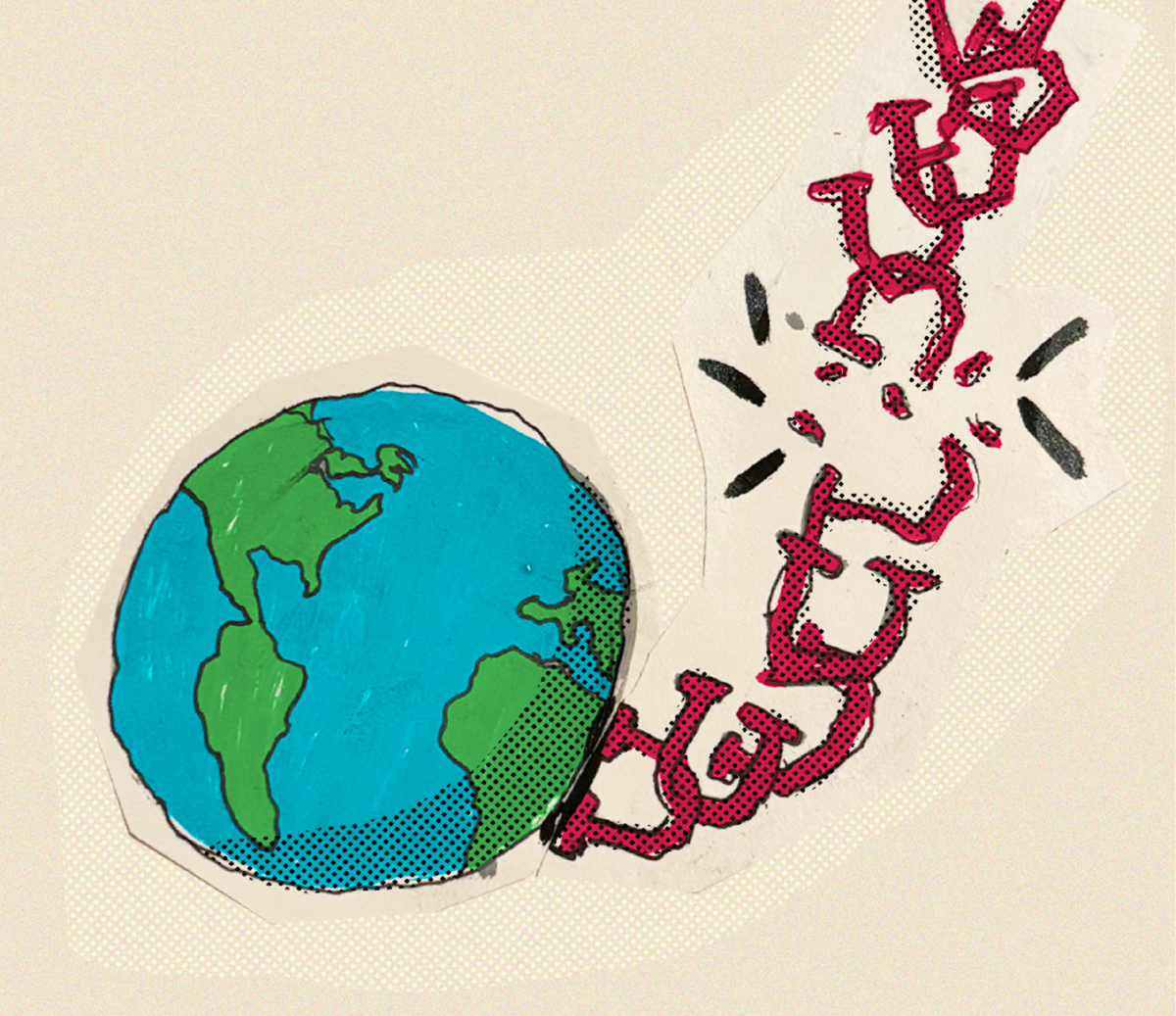





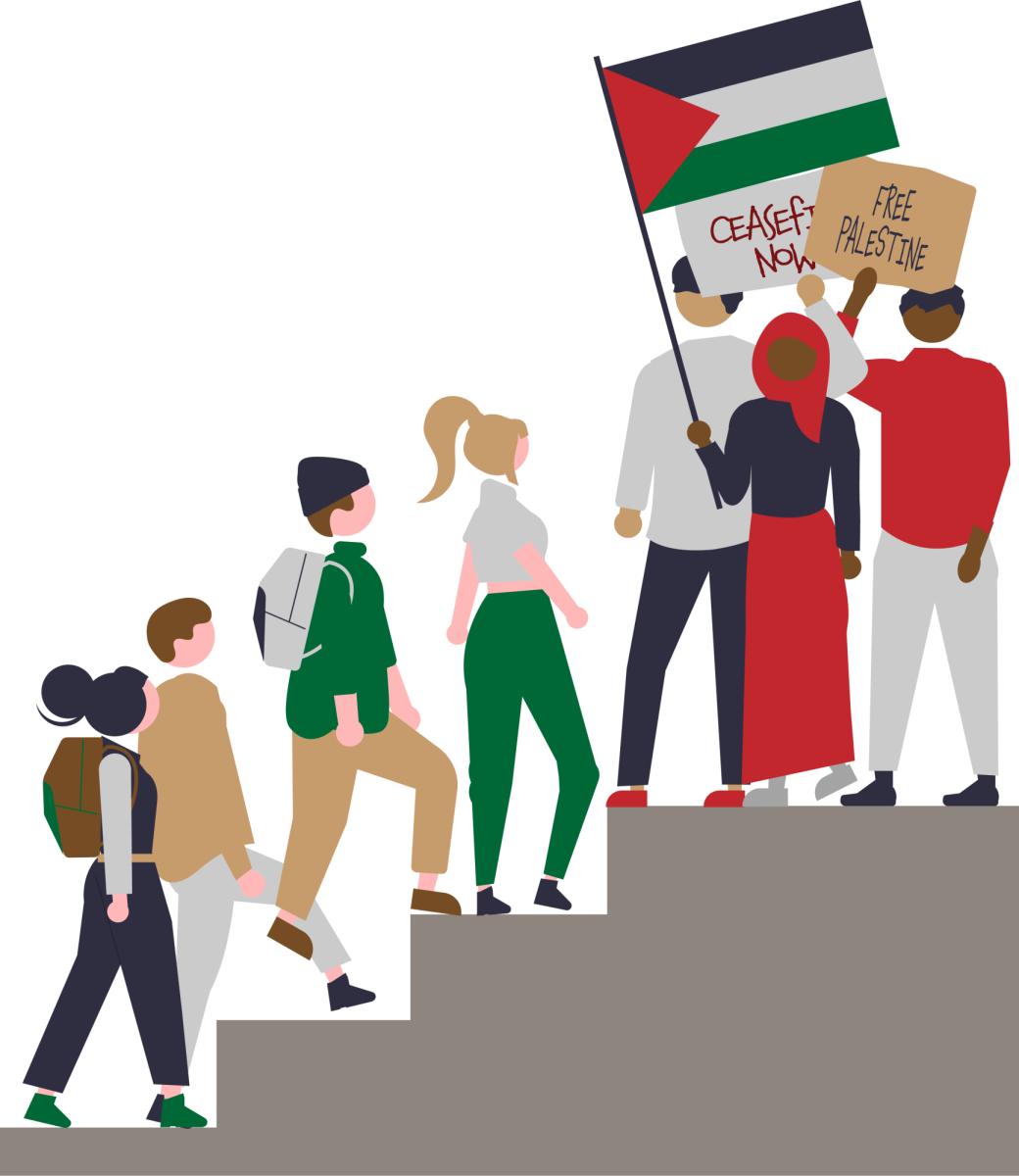


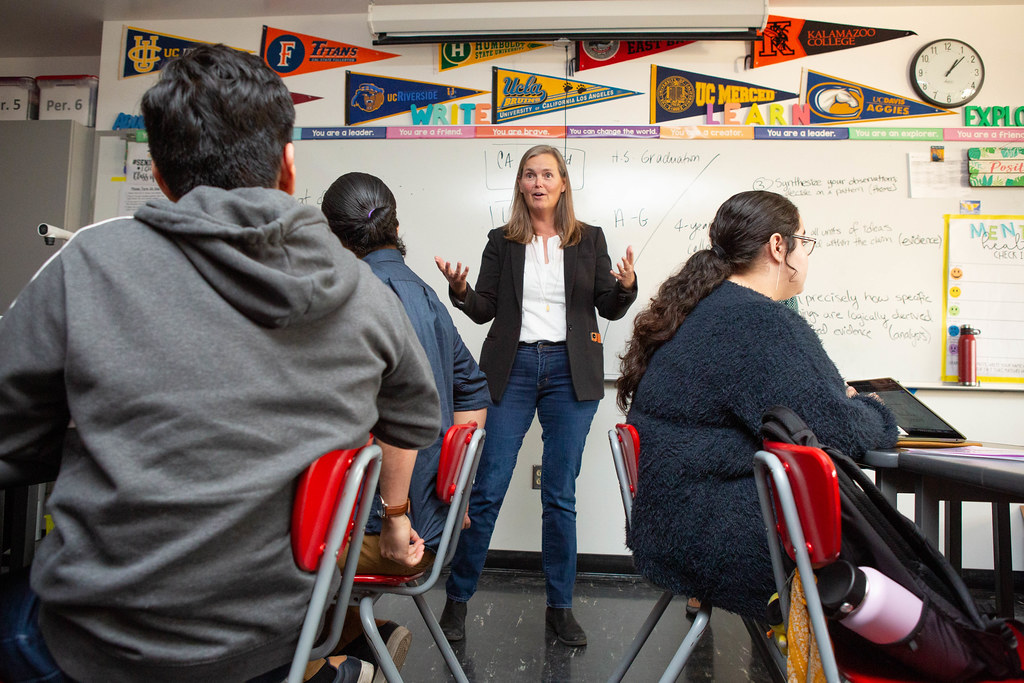

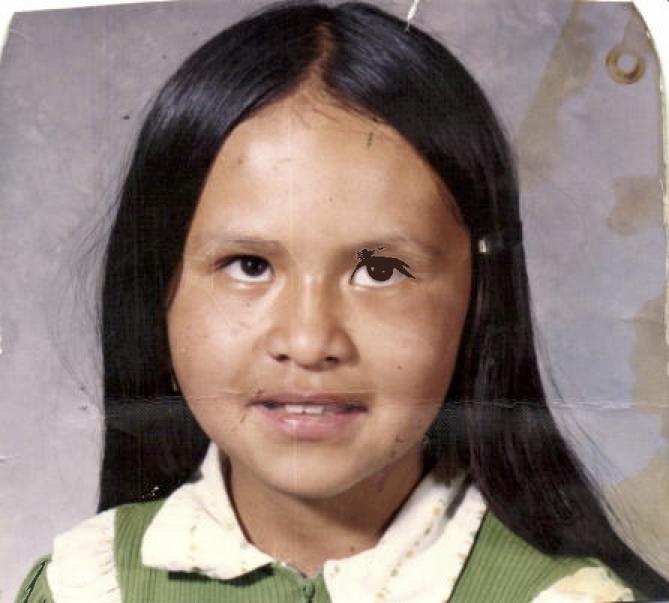
Chad • Sep 15, 2021 at 8:51 pm
I was also a part of the Indian placement experiment. My story is from the other side. The mormon s sent their foster project to my home. Me and my older brother who was 6 were raped by him more than once. So yea . The fact that spencer w kimball said the program was inspired by god. Shows he doesn’t talk to god. Its as simple as that.
Andrew • May 3, 2020 at 12:47 am
Thank you for sharing your experience Mr. Neel.
My best friend growing up was a Navajo placement student. He graduated from one of the best schools in the country and was offered every opportunity. He is now a wonderful father who is sending his sharp children to college. His wife was also a placement student. They met as a result of the program. It was “Inspired of the Lord just as President Kimball stated. No one was ‘taken’ from their homes. The parents and students are offered the opportunity and choose what they feel is best for them.
I know many placement students who participated in the program including my uncle, brother, best friend and a several cousins –and they will tell you that it was the best thing that ever happened to them as will their wives. They are the lucky ones. Look at the stark facts 70 years later: The Navajo tribe is the largest, most robust, healthy, best organized and most successful of any tribe in the U. S. I wonder how many of the tribe’s leaders today we’re enrolled in the program.
And yes, it’s a proven scientific fact than when you live most your life indoors in northern Utah, your skin get s much lighter.
Kenton Neel • May 30, 2018 at 11:33 pm
Our Native American “sister” came to live with us when she was 7 years old. The eldest of my 8 brothers and sisters were just going off to college and my parents, rather selflessly volunteered to have a placement student come to live in our home. In the summers she would return to the Navajo reservation and live in the little one room hut (without electricity) with her grandmother. Her mother was dead and her father had a restraining order to have no contact with the family, he was a heavy drinker, dangerous and abusive. Our “sister” was treated and accepted as such in all family activities and celebrations and opportunities. She graduated from one of the finest high schools in California. Frankly it was a very “white”, what would be considered upper-class school of the day, but she got along, was accepted and excelled in many areas. After high school she chose a profession in the medical field, married a fine young man (also a Placement student and college graduate). They settled in Arizona, had a child and adopted two half siblings and have raised them and helped them to avoid the poverty and alcoholism and lack of opportunity of their home status. When my parents passed away our “sister” was in the will in equal parts to the rest of us and I and my other brothers and sisters were happy that mom and dad left things that way. It is unfortunate that all home experiences are not positive. I am happy for the opportunities the LDS Placement program a generation ago gave to young Native American’s like my “sister”.
Delavina Lawrence • Jun 7, 2017 at 2:34 pm
We should be compensated as well….it was tough being so isolated and alone…it felt like we had to choose between families was so heart breaking…I was placed in a good Morman home, but the white kids didn’t like me, so I felt so lonely and I only had friends from school that weren’t Morman’s…it was a tough life..leaving my home at 8 years old…